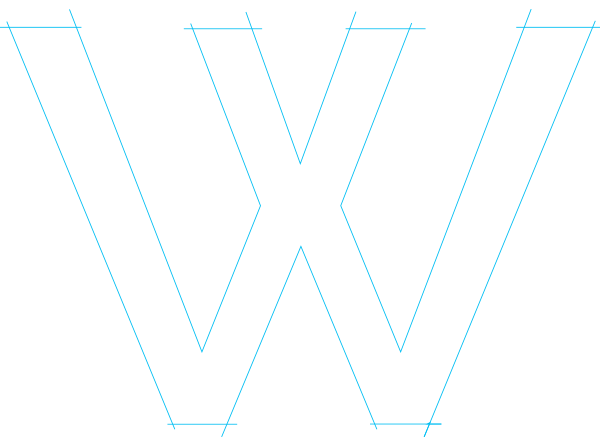Web Architecture That Gets Results
Would you ever attempt to put together something from IKEA without the instructions? I have and I failed, with my tilted cabinet to show for it. I screwed it up so bad, that my wife made me get the directions, take it apart, and rebuilt it – and it still looked off (true story). About 25% of our projects are businesses that come to us because of a website that didn’t turn out as expected and had to be redone, or with a site that they never liked but had to keep due to running out of budget when it was originally built. Every single one of those could have been prevented with proper planning and a clear web architecture.
Web architecture involves studying your target user so you can optimize your website for them, in terms of user flow and structure. An architect will plan the size of each room, how the rooms flow together, and what your visitors will see come through the front door of your house. A web architect will do the same, but for your website. You’ll work together to decide what pages are needed, how they will link to each other, and how the visitors will navigate to them. You’ll start by defining your goals, then consider what it takes to achieve them, and the result will be a blueprint of the website – the wireframe.
Website Goals
What do you need your website to do in order to be considered a success? Is it more sales? A more accurate depiction of your company’s offerings? All of the above? Start with the high level goal and then move back from it and trace the steps that need to be taken in order to get there. With Weberous – we want your business. How do we get it? We make a website that starts by taking you through a presentation of our company, and then give you great content and advice in order to keep you on it – see that Contact and phone number at the very top? That’s really the reason we do most of what we do. What’s your reason?
Killer Content
Imagine a yearbook with no pictures, or a newspaper with only pictures. Content—whether it’s in a text, picture, video or audio form (don’t use audio, please) — is an important component of web architecture. Think about what content you need to have each page, and how it relates to other content on the site. You have just about 10 seconds to make an impression on a new visitor. Focus on a content strategy that will help you make a lasting first impression. If you manage to hook people to your website, they’ll keep coming back, and they’ll refer you their friends and colleagues as well.
Uber Usability
A house without a roof, doors, or windows, is useless. Likewise, usability is an essential component of your web architecture. How are people going to access your homepage? How fast will your website load? How will they get to other pages? These are just a few of the questions you should answer when it comes to usability. Think about how the navigation of your website is going to guide visitors, and how it’ll lead them to the content that they’re looking for, or what you want them to find. Leave nothing to chance. The more thorough it is, the better!
Your Blueprint: The Wireframe
Goals + Content + Usability = a wireframe. The outcome of web architecture is a wireframe for every page of the website. A wireframe specifies where each piece of content will go, and how it will be laid out. It also details the flow of users based on the existing navigation, and how the various elements on the website help you move toward your goal. The wireframe is comprised of lines and boxes indicating the placement and structure of content on all pages—just like a blueprint. This is what the web architect will hand over to the web designers so that they can turn it into a beautiful website design.








